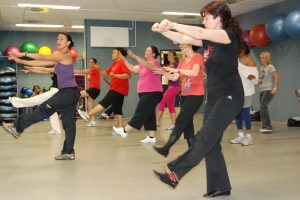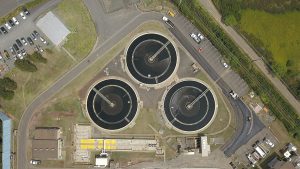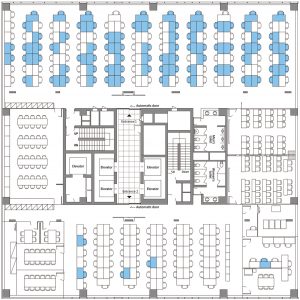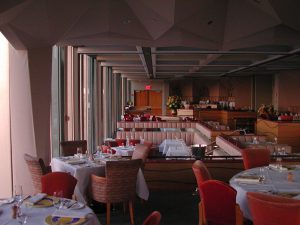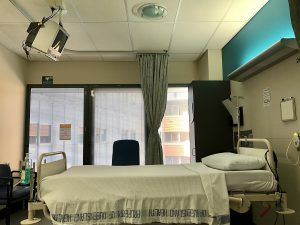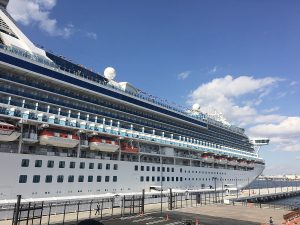Only somewhat related to the Built Environment, but still some mention of occupant density and airflows within a confined space. This short article is a description of an outbreak of COVID-19 in South Korea that took place in several fitness dance classes there. Key point; “Vigorous exercise in confined spaces should be minimized during outbreaks”. …
In this post I’m going to share the published (relatively minor) corrections to our review on COVID19 and the Built Environment and use that as a hook to argue for the value of peer review. I’ve posted previously on our rush effort to get this paper out as quickly as possible, it was only about …
So our collaborators from the Biology of the Built Environment (BioBE) Center at the University of Oregon have been working hard to get their environmental sampling qRT-PCR assays for SARS-CoV-2 up and running. I’m sure we’ll be posting more about their results as they develop. But they are now offering their testing as a service …
We’ve posted recently a few times (here, here, and here) about the idea of doing wastewater surveillance for SARS-CoV-2 (and we’ve just submitted a grant on this as well). In those cases the focus is on detecting RNA from the virus and using that to guide community health decisions such as when to end (or …
Wastewater detection for SARS-CoV-2 seems to be a hot topic these days (full disclosure, we recently submitted a grant recently to jump on this same bandwagon). This study “Temporal detection and phylogenetic assessment of SARS-CoV-2 in municipal wastewater” took place in Montana (USA). This study goes a bit further than the previous one by genome …
This one only marginally qualifies under Microbiology of the Built Environment since it’s almost purely an epidemiology study and only touches on the issues of occupant density and movement in the building. The study is “Coronavirus Disease Outbreak in Call Center, South Korea“. But it’s pretty clear in this paper how much close contact matters, …
(h/t to Linsey Marr for posting about this on Twitter) Sometimes I have to double check to make sure I don’t post about the same article twice. I posted recently about an article describing transmission in a restaurant in Guangzhou, China. This new article, “Evidence for probable aerosol transmission of SARS-CoV-2 in a poorly ventilated …
(h/t to Linsey Marr for posting this on Twitter) Another, more comprehensive, environmental sampling survey for SARS-CoV-2 from a hospital… this time in Wuhan, China. “Aerosol and Surface Distribution of Severe Acute Respiratory Syndrome Coronavirus 2 in Hospital Wards, Wuhan, China, 2020“. The authors here did air as well as surface sampling. Again, only RNA …
So this concept of doing wastewater surveillance for SARS-CoV-2 is gaining more and more traction. We posted recently about some work from MIT showing that wastewater titers of the virus are quite a bit higher than might be expected from the clinical data we have. I know some of the folks here at UC Davis …
Given all the media attention this ship got, I think this is a really interesting article; “Transmission routes of Covid-19 virus in the Diamond Princess Cruise ship“. The assumption among many folks is that there might have been airborne transmission between staterooms on the ship, considering the number of people that were infected. This article …
